
Film Types and Examples
By Tyson Call
One of the most daunting things about starting to shoot film can be walking into your local camera store and seeing multiple varieties of colored boxes with names like Kodak Tri-X and Ektar. The clerk asks you which one you want and you stutter, trying to figure out why there are so many K’s in this section of the store. I would like to save you this embarrassment. I will be talking about some of my favorite films and providing examples as a guide in choosing from the many types of film available today.
One of the things I enjoy about this site is that one can find real and sometimes controversial opinions. I am no expert on film. In fact, I am very far from it. I don’t develop my own, and have only been shooting film for a year. If you would like expert opinion, I’m sure you can find it. I only hope this is helpful to you in some way.
Some thoughts on film
Before I begin I would like to share why I shoot with film. I shoot digital as well, and do not feel that one is “better” than the other. Just like a convertible sports car and a jeep, they have their strengths and weaknesses which don’t always exactly line up for a perfect comparison. I will admit though that there are plenty of barriers keeping one from shooting film.
One of my favorite aspects of using film is that you have access to the past century’s greatest film equipment at very low prices. Look at a camera price list from old magazine and then jump on Craigslist and find those same cameras for next to nothing. You can shoot with the equipment National Geographic photographers used for 90% of the photos they have ever published for about the price of an entry level DSLR.
Here is a photo I took with a $37 find on Ebay, a Minolta AL-s rangefinder.
Only $37! Keep in mind that although Leicas are great for shooting film, you don’t have to wait until you have saved up for an MP and 35mm Summilux ASPH to start shooting film. You would likely be unable to take full advantage of it anyways, for while film is a joy to use, it does take work to get right. Besides, the real bargains to be had are in equipment that doesn’t work in conjunction with new digital equipment. Most of the photos in this article were shot with an M6 and one of the newest Summicrons. There are a couple shots from other cameras, but I’ll never tell which…
Different Film Types
Each different film has a different tone, way it renders color, grain count and shape, as well as ISO sensitivity. I would like to share a couple of examples as well as my personal thoughts on different types. Please don’t take these opinions as gospel. I’ve never tried a film I didn’t like, but some I like more than others. This can vary with shooting style, so what I think may not be right for you.
Fuji Velvia 50
This is my favorite. It is a slow slide film with a rating of only 50. This means that you are going to want to use it outdoors. Use it when you want highly saturated, candy colors. In my experience it has a lot of contrast, with very little shadow detail in scenes with wide dynamic range. There is not much room for error in exposure. Expose it over or under much and your photo will look washed out or muddy. Since it is a slide film you can mount the film and throw it in a projector to show the inlaws! Kidding, but only slightly. Be careful with portraits, as it can sometimes be unkind to flesh tones, making them oversaturated and cartoonish (mainly during the golden hour). That said, I have shot people successfully with this film.
Kodak Ektar 100
This film I consider to be a very “safe” film. Part of the reason I like to shoot film is that photos shot using film look unique from the sometimes clinical perfection that comes from a good digital file. Photos shot on film look like photographs. The ones you grew up looking at in Nat Geo. Ektar has great, poppy color reproduction on all spectrums. It may look kind of look like a digital file sometimes, but it will look like a great digital file. At times I have found it to be a little on the warm side, sometimes oversaturating skin tones.
Kodak Tri-X 400 and Ilford HP5 Plus(pushed to 1600)
Something fun to do is shoot a film at a different ISO rating than what’s on the box. Notify the lab that you have “pushed” the film and they will develop it accordingly. I like to do this for low light and night shooting. I have paired these two films as I don’t really have a preference for either. Using these films in this way will give you the dirty, rough, contrasty black and white look, which works for street shooting.
Ilford Delta 100
This is a good standard fine grain black and white film. It will give you a broad dynamic range, with black to white and every step of gray in between. I have found it to be low contrast, and very forgiving. Use this or Ilford PANF 50 for outdoor shooting if you want to shoot wide open for good subject isolation.
Ilford Delta 400
Choosing what ISO to take can be difficult, since unlike digital you can’t just change the setting on the fly. Taking a 400 speed film will allow you to shoot outdoors and indoors (for the most part). You will experience a little more grain, but again, many shoot film for the grain.
Kodak Ultra Color 100
I haven’t shot this film much, though I don’t know why. It hasn’t ever let me down, though maybe that is why I haven’t shot with it much, it always obeys and I don’t feel the need to wrestle with it like Fuji Velvia 50. Bright color, yet soothing. It is the chicken noodle soup of color films, comforting and steady.
Kodak Portra 400 (New)
This film is interesting. I haven’t had much luck with it, though everything I see online from it looks great. I think this is mainly due to my aversion of higher speed color films. I like shooting wide open and outside. I think that once Kodak combines their NC and VC films in the 160 ISO line I will use it quite often.
Kodak Porta 160 VC (Vivid Color)
This is one of my favorites. It is great for portraits as it renders skin tones neutral and appealing. It is slow enough to let you open up your aperture but doesn’t hang you out to dry when the sun isn’t out. They also offer in Neutral Color, but I tend to like things bright and poppy. NC is better for portraits in some situations though.
Kodak Kodachrome 64
Now discontinued, I just wanted to include this for fun. Famous for being the film of choice for Steve McCurry and his National Geographic compatriots, this film has beautiful candy-coated colors while not going over the top. The process for developing it was incredibly involved and so it is no longer produced. If you haven’t shot some yourself you could try developing it in the tears you shed while looking at Mr. McCurry’s portrait portfolio, wondering why you were shooting digital when this film was available.
Ilford Delta 3200
This film is grainy, rough and super sensitive. You won’t be photographing babies with this one! Best for private eye murder scene photos, zombie uprisings and ninjas (if you can find them).
Lomography Color Negative 100 & 400
These “toy films” can be a lot of fun if you step off your high horse and walk into Urban Outfitters to buy them. They offer a variety of films (repurposed Afga films, I believe) that are meant to have unique characteristics; from over the top color to extreme red cast.
Conclusion
I hope that this helps give you an idea of what film to try next. You can also search Flickr and find groups dedicated to each type of film, it just won’t be as convenient as this post…
You can find Tyson Call on Flickr as well as Twitter. He also writes for the humor site The Tawdry Typist.
[ad#Adsense Blog Sq Embed Image]
HELP ME TO KEEP THIS SITE GOING AND GROWING!! IT”S EASY TO HELP OUT!
Remember, anytime you follow my links here and buy from B&H or AMAZON, this helps to keep my site going. If it was not for these links, there would be no way to fund this site, so I thank you in advance if you visit these links. I thank you more if you make a purchase! I have nifty search bars at the upper right of each page so you easily search for something at either store! I currently spend 10-14 hours a day working on this site and the only way that I can pay for it is with your help, so thank you! Currently my traffic has been increasing but my funds to pay for the site has been decreasing, so any help would be GREATLY appreciated!
Even if you buy baby food, napkins or toothpicks at amazon it helps this site, and you do not pay anything extra by using the links here. Again, you pay nothing extra by using my links, it is just a way to help support this site, so again, I thank you in advance ![]()
If you enjoyed this article/review, feel free to leave a comment at the bottom of this page and also be sure to join me on twitter or my new facebook fan page! Also, you can subscribe to my feed at my subscribe page HERE and read these posts in your browser or news reader!

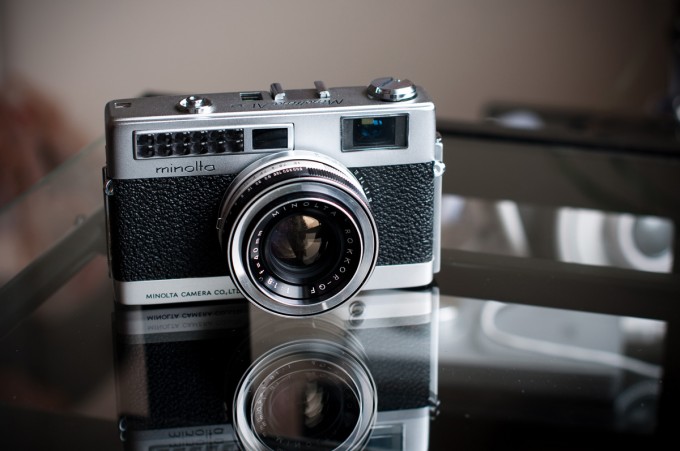
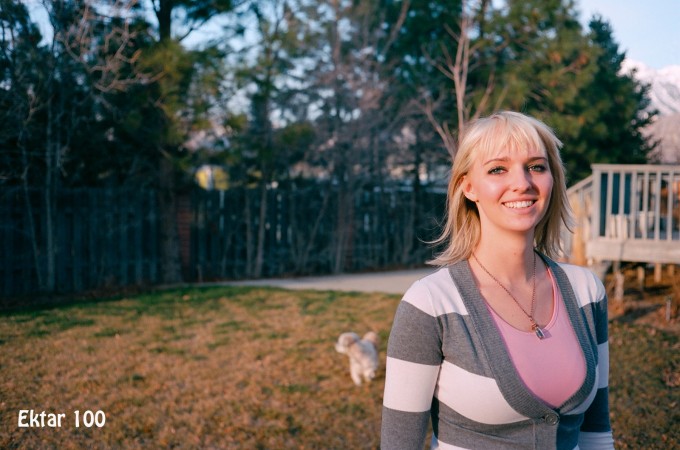
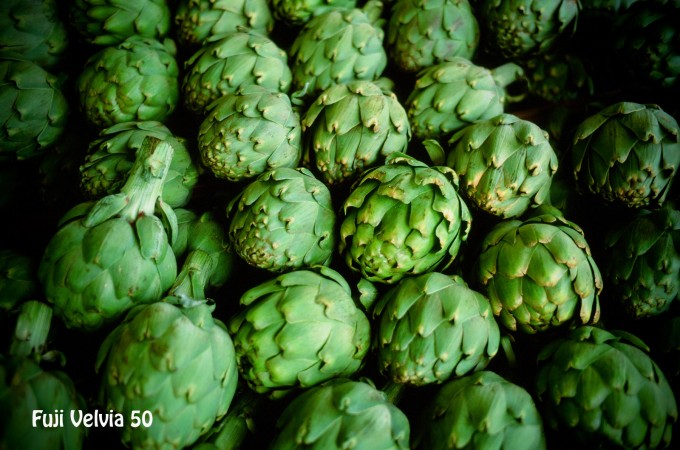
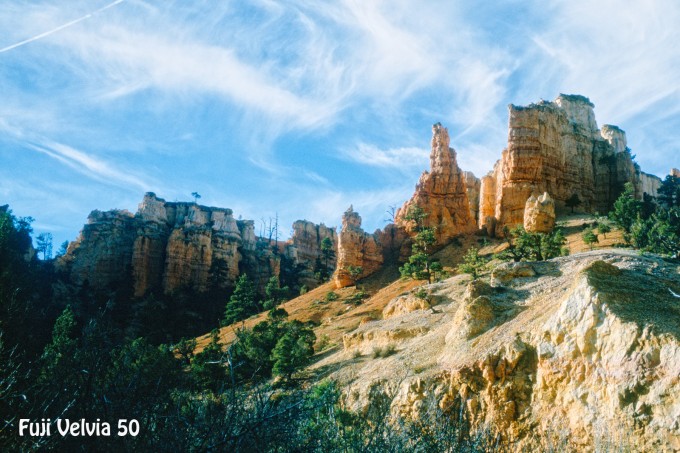
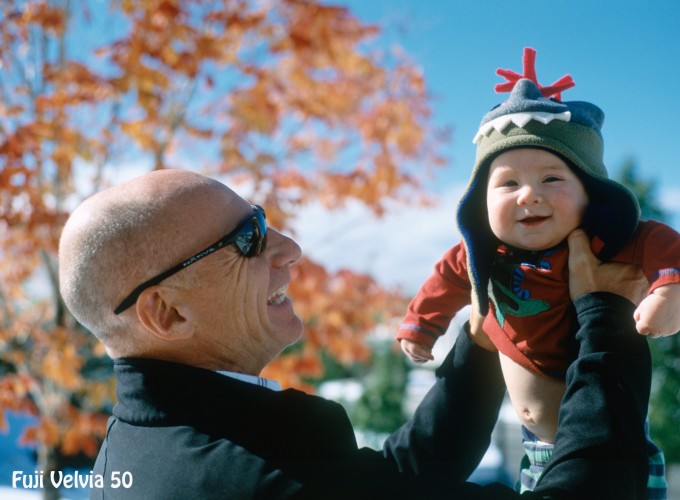
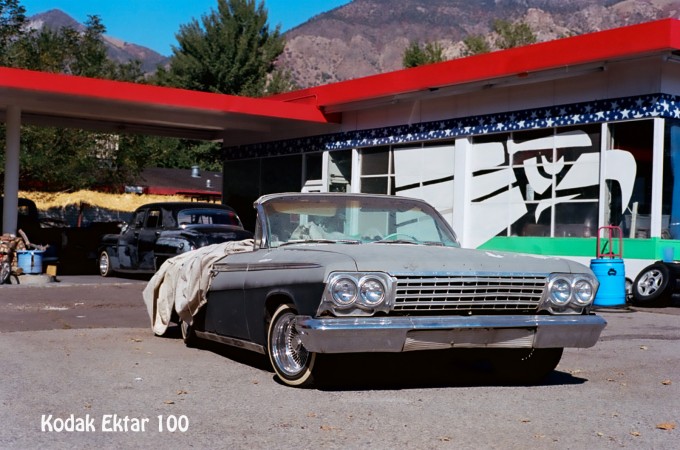
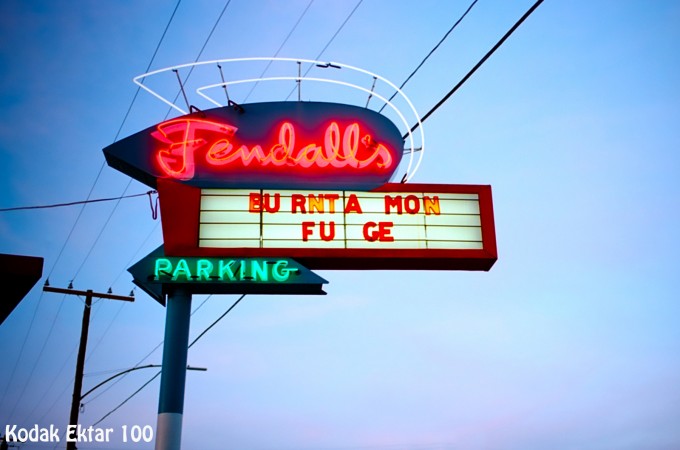
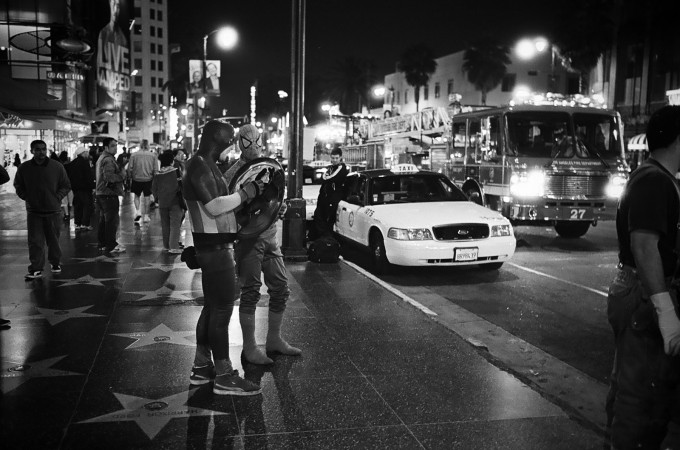
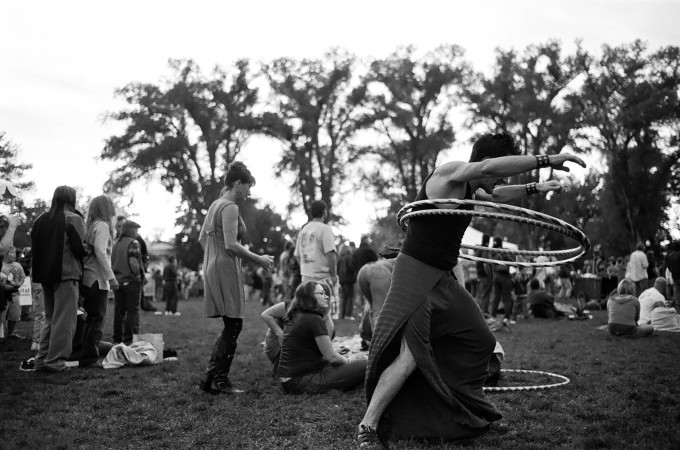
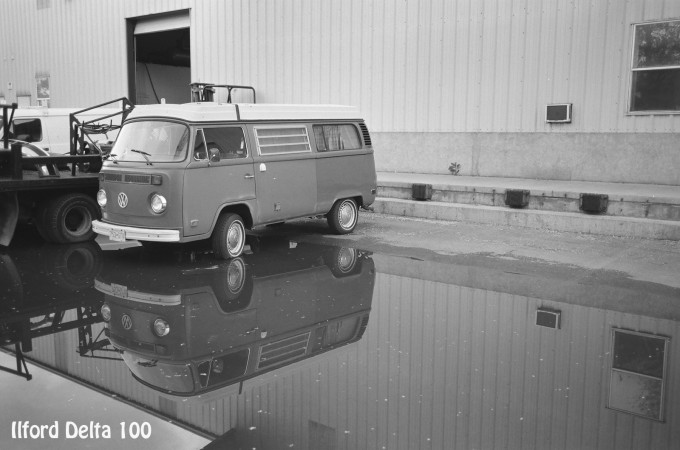
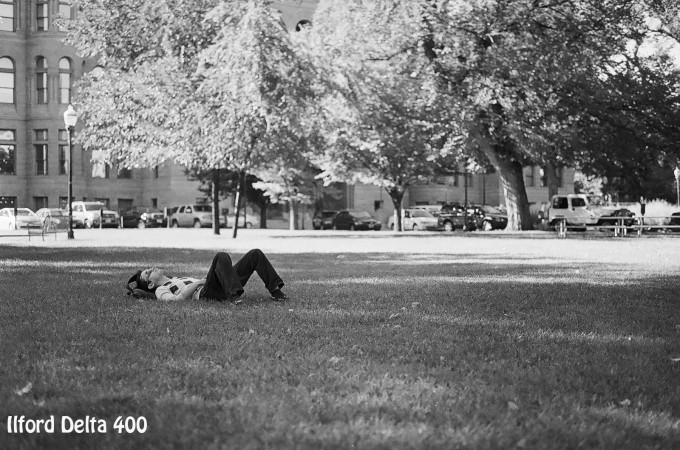
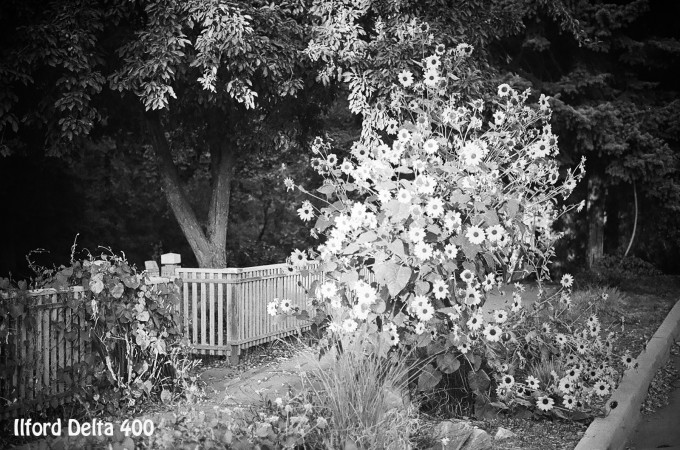
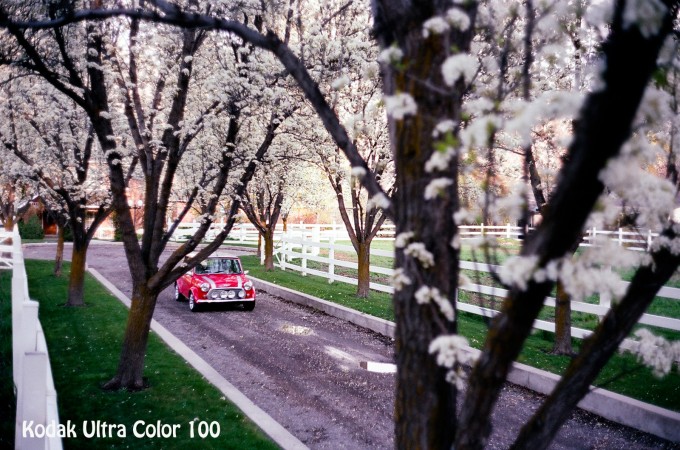
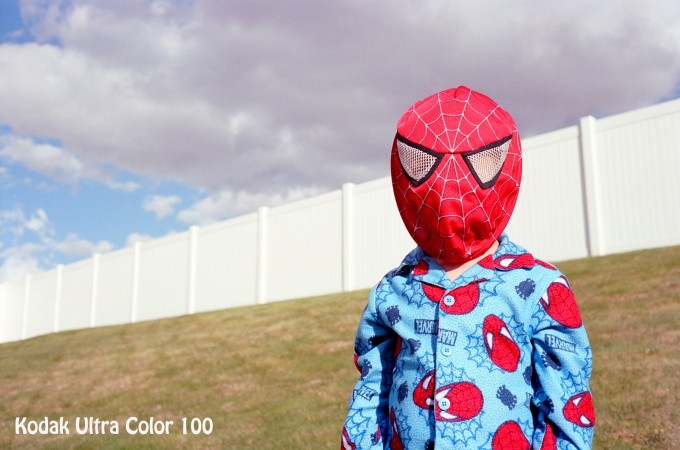
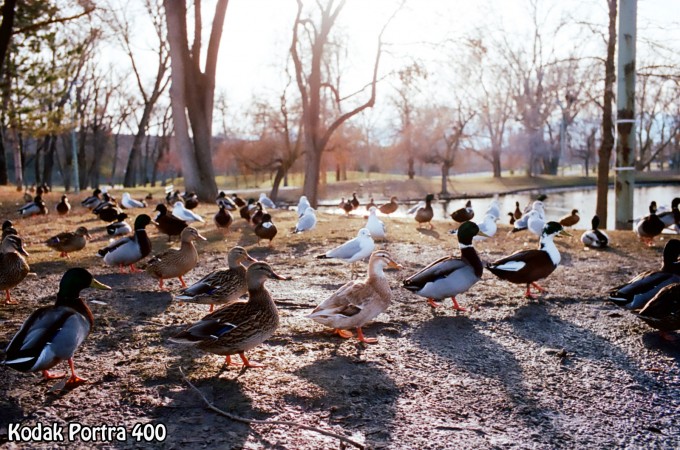
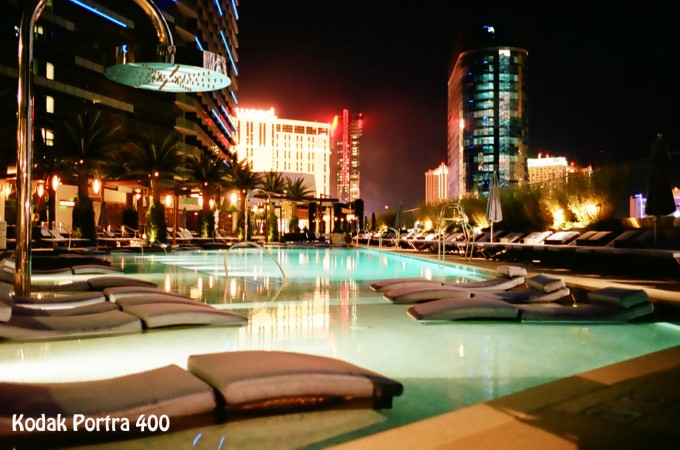

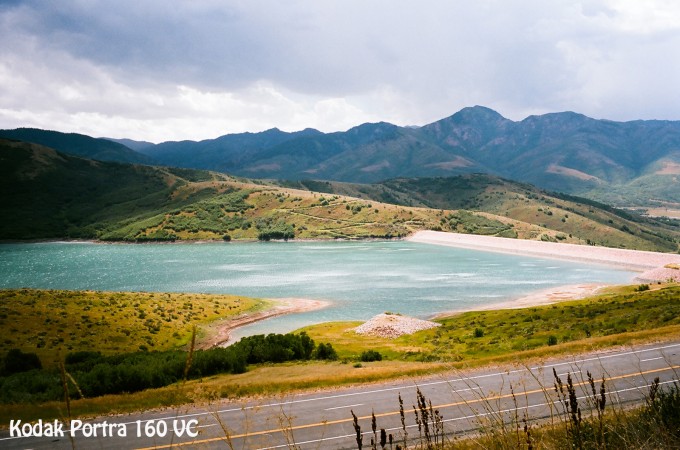
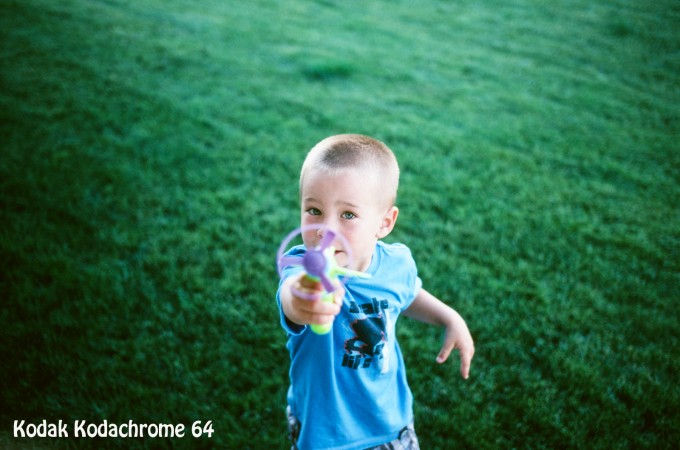
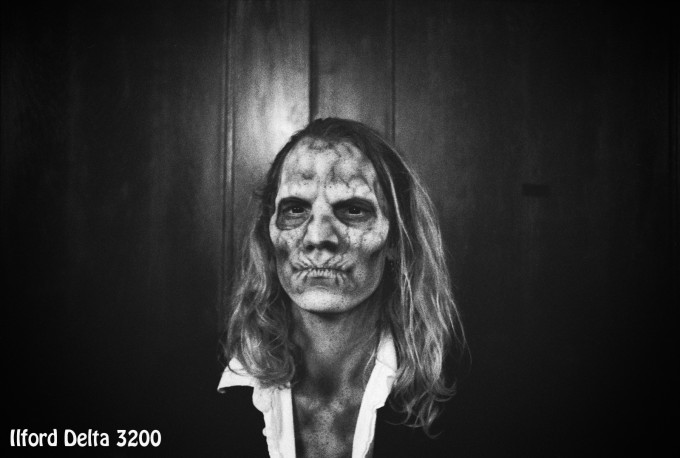
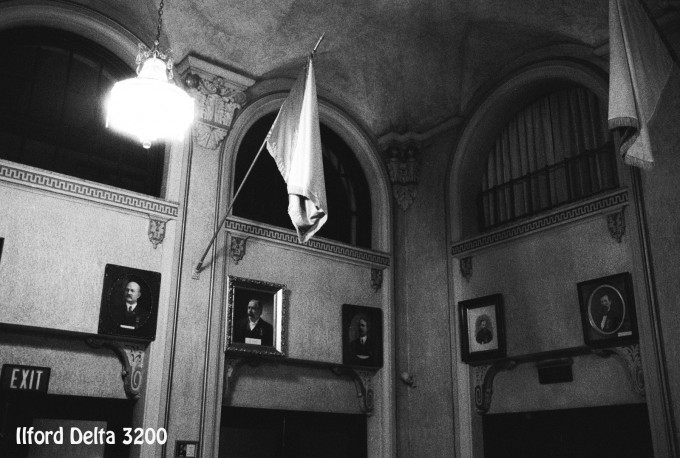
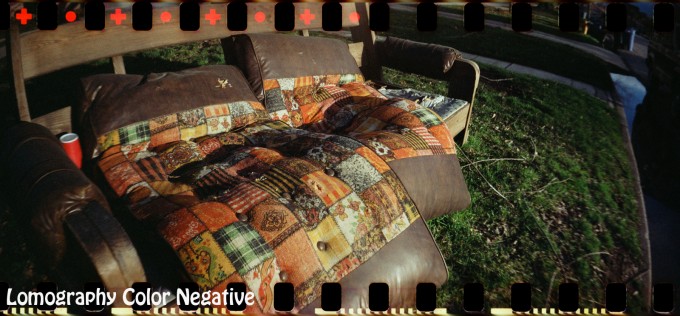
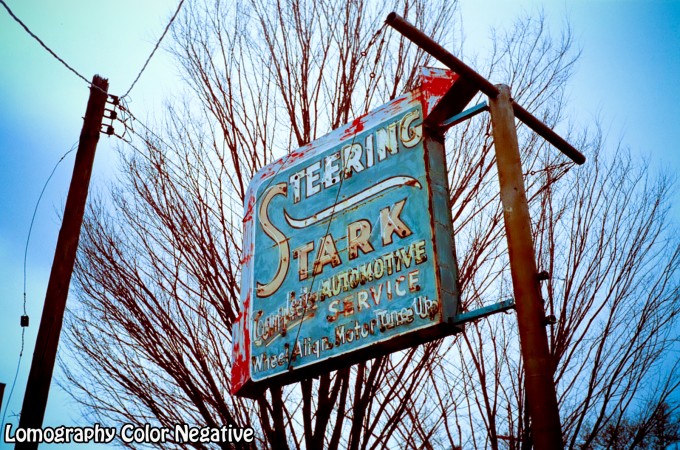


Great article for someone starting out on film! Thanks!
i dont have any idea about films coz their not my hobby.
http://lomofest.forum24.ru/?1-9-0-00000002-000-0-0-1342554858
Shhhhhhhh! Don’t get people shooting film or the prices of very fine film cameras, which are oftentimes pennies-on-the-dollar, will rise!
Since I’ve started shooting film again I find my digital cameras (including an M8 and a Sony A55) mostly sit on the shelf and I find I shoot them only for convenience. My “art” photography is done on film. I have started to feel as though shooting digital and post-processing for a film look is inauthenic and a little sad (this is not a judgement on others, just a nagging feeling I have as I do it myself).
I will add that processing B&W is something that film shooters owe it to themselves to try. It is, IMO, part of the craft and the only way to truly be in control of your results (I have learned this through hard experience). That being said you can certainly still get good results with the right service.
Let me also agree with a poster above regarding medium format. There are insane bargains out there on very fine medium format cameras, the output of which is better than all but the highest-performance 35mm-sized sensors, and which produce the medium-format ultra-smooth, super-detailed “look” that is just plain unachievable in smaller sensor/film sizes.
One of Steve’s better guest articles. Nice job, Tyson!
Great Article!
I just bought a Minolta AL-s from ebay, it’s my first rangefinder. Do you know where an online user manual would be, or a repair guide? Also how bright should the rangefinder actually be, mine seems pretty dim.
Thanks
Josh
Yes, the rangefinder is dim on mine as well. Think of it like zone focusing+. You won’t shoot any fast moving objects without a little luck. Just zone focus and pray it turns out. Here is a link to a PDF of the user manual:
http://www.cameramanuals.org/minolta_pdf/minolta_al-s.pdf
As far as repairs go, you are on your own. One thing I wouldn’t suggest is trying to pop it open yourself. I know that isn’t a very manly thing to say, but I once did that to a Voigtlander rangefinder and a spring popped up that I couldn’t get back into original position.
I would suggest shooting a test roll first. Methodically shoot one frame at each setting, making note which frame is which, and make sure that the meter is accurate and the shutter speeds are correct. From what I hear the solenoid meters on older cameras can sometimes be worn out depending on how they were used or stored. If your camera is a lost cause, try to find a different one if you don’t feel like trying to resurrect the one you have.
Ah great thanks! Just shot my first roll with it, looking forward to seeing how it turns out.
Great article, thanks
Very nice writing! I just purchased a Canonet QL17 (not G-III) and thanks to this, I have a better idea of wich film to get. Thanks Mr. Call.
Thanks a lot for this! It helps to see these all in one glance.
Nice article. I started shooting film again however find it difficult to find places to process non c41 films especially the 120s. It’ll be great if somebody can post an article/advice regarding where to process non c41 films and 120 films for us who do not develop/process film ourselves. Thanks to Steve for a great website.
I still like the 160 NC a lot too. Though it makes little difference now with a hybrid work flow and the need for punchier negs as source. TMY-2 is still the best of the BW at 1600. And in DDX as well. The developer makes at least a 50% impact on the resulting aesthetics (and in the case of Delta 3200 – film format too).
Fuji NEOPAN ACROS or AGFA APX100 are far better IMHO than any of the Fuji or Ilford BW 100’s. The acros is so smooth and even in tones. The APX 100 – which I am stock pilling, is so classical black and white. PX125 from Kodak is similar too.
But the shots that I have sold the most copies of are with TMY2 in DDX. Coincidence or reason? Only time will tell.
Great article BTW.
Great film story. Alas, the march of digital has made it harder to get good films and find labs with staff skilled enough to process them. I have a preference for transparencies over negatives. I like the colour and grain of transparencies.
I have said it before on this site that I think film a digital are complimentary mediums. Film is great is daylight. Digitals have concentrated on high ISO’s without any regard for why photographers shoot with ISO 25, 50 or 64 films. The colour and image quality with film is just, I think, better. This story has reinforced that view for me.
Digitals though have one thing over film, Auto white balance and post image correction on the computer In tungsten light for example, either you had to use Tungsten balanced film which is no longer produced or scavenge through ebay for colour correcting filters in the right size to fit your lens and shoot with daylight film and compensate for the loss of light by using the filter.
I just wish the film companies and the general public would continue to support film photography. I would like to see film companies continuing to produce their better emulsions and support film labs to process the film. I would also love to see Tungsten film produced. Preferably with an ISO 400 speed but I’ll take 64T if I have to.
Nevertheless, my fear is that film will eventually become too specialised and expensive to make it practical to use.
One last note: to all of you who are picking up film cameras again—I highly recommend looking at medium format. The gear is ridiculously cheap now and the results are generally better (in the majority of cases, even a Leica cannot compete with an inexpensive MF camera). Furthermore, processing has become rather expensive such that (apart from the look it carries) 35mm really isn’t practical.
At least this is what I have found, ymmv
[note: I shoot large format and just picked up a Minolta Autocord for under $150 (my first MF) I finally sold my F100 and minilux after I hadn’t run a roll through them in over a year 🙁
Thanks for the great article on shooting film, very informative, I used to shoot Kodachrome 25 & 64 on an F2AS back in the late 70’s. I just purchased a mint condition F2AS again and have loaded it with Velvia 50, and your article has inspired me. Thanks Tyson and Steve
Nice article, good to hear from another film guy. I’ll be trying out Kodak Ultra Color after seeing these results.
Interesting and very useful article!
Just what I need. I have been thinking of re-purchasing MP (HSR case – Had it but Sold it and now Regret it).
Thank you very much for sharing, Tyson and Steve…
Imma Let You Finish, but Provia 400X is the best film of all time.
wait… are you being serious?
Yippeee on the film article. Tyson, I love your photos. Great article.
Good God! This is the kind of article the site needs more of, Steve! I would even make it a permanent database on the site, and ask others to add to it/fill the blanks over time.
Shooting film is indeed very gratifying and fascinating! Good article.
Fantastic! Thanks for this well written post…great accompanying photos as well!
Great eye, Tyson.
I was going to tell you that you blow the doors off most of the M9 shots I’ve seen with your little Minolta… until I saw the part about the M6 😉
Nonetheless, you really have a sense of what makes a photograph.
great article. very informative for noobies like me who want to start learning about film photography. thank you!
I love this article! It is very informative and I am glad to learn about different types of films and their characteristics. I have been shooting film only for more than a year now as well, I really like Kodak 160VC and Fuji 160S. For these of you who want daylight(or well-lit-indoor) color films that are versatile and somewhat forgiving in meters, you should give them a try!
Tyson, do you scan your own film? if so, what do you use?
Hi Allen. Thank you very much. I do not scan my own film. Since I shoot mostly color I have not explored the potential of completing the entire workflow myself. Also, buying a dedicated negative scanner would mean one less camera on the shelf! I would really like to do all I can myself one day, but I figured I wouldn’t wait till that day to start.
Once I have the room I would love to get an enlarger and start printing as well. But at this time it just isn’t feasible.
Thanks a lot, Tyson,
for this beautiful write-up, I enjoyed it very, very much. It’s been a while since the last article about shooting film and I was waiting for one.
Just like you, I do enjoy shooting both digital and film, it just depends on the mood I’m in and I do not think one or the other is “better”, but different. And somehow I have the impression that I shoot different pictures with film vs. digital.
Less than two years ago I inherited two film cameras which my father used when he was an avid photographer, so that’s what started me getting into this photography thing.
From my personal experience two things, that you did not mention in detail, are very important when experiencing the “look” of different color negative film types:
1 – the film processing
2 – the scanning
ad 1)
Back in the days when all photography was analog, there were intense discussions about which lab to use and who would be the best guy to develop your film…. because there is some leeway to compensate for under- or over-exposure or to push or pull the film for a desired effect.
Nowadays….. there is a machine that auto-develops and auto-compensates the film. So that can screw up your intended over- or under-exposure, if you wanted to achieve a special look or effect in a picture.
ad 2)
I do not scan my negatives (or slides), because I do not have enough time to do this. Instead, the lab does it right after developing the film.
Much of this process is automated, too, and I have to tell the owner of the shop NOT to compensate anything during scanning (color adjustment or exposure compensation), because I want to see the picture I shot, not what he made out of it. The problem lies in the fact that color negatives have to be scanned and “reversed” to show the real color of the picture. The “depth” of the scan determines how good colors are differentiated and the picture editing software translates this into the real, true colors. A lot of room for error here.
The “solution” to these two points is actually quite simple: shoot slide film…. that’s what the Pro’s did back then…. and looking at your examples gives proof to why they did!
Nevertheless….. again thanks for your article….. let’s get out and shoot some nice pictures on film… it’s fun!
Also would like to get more feedback on other B&W stock, (HP-5 not pushed, Neopan 1600, Efke, Fomapan, other Kodak B&W options)
Best,
Ashwin
Sadly the Neopan 1600 no longer exists 🙁 As soon as Fuji sent out the press release saying that the stock that they have now is all they will ever have, there was a run on them in Japan and it was almost instantly sold out. I have a few in the fridge that I want to use sparingly but…what fun is that right? Still, it’s a pity it is gone. Here’s an example of what Neopan 1600 looks like when shot at night. Taken at a small bakery stand in Tsukishima in Tokyo.
http://www.timarai.com/images/pad2010/l/20101102-02.jpg
Nice and grainy. High contrast fun. These days if I don’t want to take another roll of Neopan 1600 out of the fridge, I do what Tyson does and push HP5+ to 800 or even 1600 then develop it myself at home.
It’s good to see some film love back on this site! 🙂
Neopan 1600: high contrast (high iso) b/w film — easily my favorite high iso b/w (I found ilford’s to look like mud)
HP5 (not pushed): classic b/w film with a relatively smooth tonal curve and decent grain TRI-X people may yell at me for this, but as a classic b/w film, the two are very similar. Like TriX, the film is VERY forgiving in processing–much more so than modern formulations
Kodak TMAX series is a more modern film line with finer grains–doesn’t excel in any one area–kind of a catch all film in terms of signature
Neopan Acros 100 is easily one of the finest grain b/w around… a great film with nice contrast, but some people new to developing have trouble getting deep blacks
You’ll need to get input form someone else on Efke and Fomapan–I have enough film in other stocks left in the freezer that I never purchased them… you might try APUG–there’s still a bunch of film fanatics over there (most of whom I would guess know far more than I do)
as a side note… Ilford xp2 is the ONLY c41 black and white film I would ever bother using.
Not the a fan of the Kodak C41 B&W film huh? What’s it called? BW400 or something? I’ve shot both. The Ilford XP2 seems to be much closer to real B&W while Kodak with the orange film seems…gimmicky. But with a bit of tweaking, I got it to look relatively decent. My local photo shop was doing a special on BW400 120 film in packs of 5 for like $5…I think they just wanted to get rid of them…so I picked some up. Haven’t shot with it yet but I think I might soon. I just like shooting real B&W film since I can develop it myself rather than wait. 🙂
You’re right about Neopan Acros 100. Beautiful film. Smooooooth. But getting deep blacks is difficult unless it’s very under exposed. Never tried pushing the film before though.
What I like about the Fuji B&W film is that no matter the speed, if you are developing it at its native ISO (no pushing or pulling) the dev time is the same. So I can develop 35mm Across 100 and Neopan 1600 at the same time. Love that.
Jack, I know that it is not a traditional silver b&w film, but have you tried Kodak BW400? I used to develop my own with TRI-X until I got lazy and experienced with BW400(c-41 film). I know there are a lot of naysayers in particular to this, but to me, it produces excellent tones and great ranges of grey.
Yes, I have used the Kodak–to put it bluntly, I hate it. I find XP2 to be significantly better. The film base on XP2 is more of a grey/purple base vs the orange Kodak.
I used to be a printer at a professional photo lab–the results of the XP2 were much better even on the color machine (Fuji Frontier and Noritsu machines)… Kodak labs may have better luck, but I’ve never used them.
Lastly, if you have something you would like to have made into a true b/w silver print, the Xp2 base is fully usable. The Kodak is not.
Cheers,
Jack
Great stuff, Tyson. very helpful and informative. A good article to reference for those wrestling with a particular look for their images. Beautiful pics, by the way, showing the charms of shooting film for sure!
Great article! Really appreciate all the little insights! Thanks!!!
This is the article I’ve been waiting for a very, very long time. Awesome!
Loved the article, thank you…
Also liked the photos, film can deliver this kind of image,
Just one question, about Tri x…it is said that is a forgiving film, is that correct?
Regards
Tri-X is probably the most forgiving film ever made (in both exposure and development), plus it has a beautiful, classic look [truly one of the those “if it ain’t broke…” cases
This is a good article and a good start to film. There are lots of info online but they tend to be all over the place. Don’t forget about Fuji’s B&W film too! It seems these days, the market is starting to slowly redefine itself. Kodak for color (and TriX and TMax for old times sake…relatively speaking), Fuji for B&W (the Neopan films are great) and slide film. Ilford is doing their own thing with B&W like they’ve done since the beginning.
Also, about the new Portra 400 and soon the 160, Kodak made it so it is easier to scan. They realize most people do a hybrid of analog shooting but digital editing. Someone described the new Portra as “analog RAW” and I don’t think they are too far off. You need to do a certain level of post processing on them. Overall though, it is closer to the NC film than VC for sure. Do a bit of curves work and it will pop 🙂
Good to see film still alive and well and kicking!!
In Japan when you go to a tourist location, you regularly see Leicas and Hassys and Rolleiflexes. Here? Not so much yet. But I’m hoping!!
Thanks for the article.
Is Kodak Ultra Color still made? I can’t find anyone that sells it. I’m intrigued having read your comments and seen the two pics. Love the spider man photo by the way.
I don’t believe UC is still made… neither is VC–Kodak made Ektar 100 as the high saturation catch all film–personally I like Ektar 100 better than UC–it actually seems more like a Fuji formulation to me than Kodak’s past efforts
See this Kodak for some explanation:
http://www.kodak.com/global/en/professional/products/films/ektar/qAndA.jhtml?pq-path=13319/1230/13328/13344
The New Portra is more saturated than the old NC, but certainly less than VC–it’s nice
another great article to bookmark 🙂 thnx!
Hi Steve, very nice examples. In the moment i’m using Portra 400 (sometimes with ND-filter) and Neopan 400@1600 for b/w, btw, Kodak announced the (new) Portra 160 a few weeks ago.
I really enjoy your site and if you ever come to Barcelona, just send me a mail.
Jürgen
Interrested!
Thanks, Tyson, I really enjoyed reading this, and it makes me want to try a few new films. I think I’ll even pick up some of the Lomo film.
Now here is an interesting article!! Thanks for all the examples with all the great films.